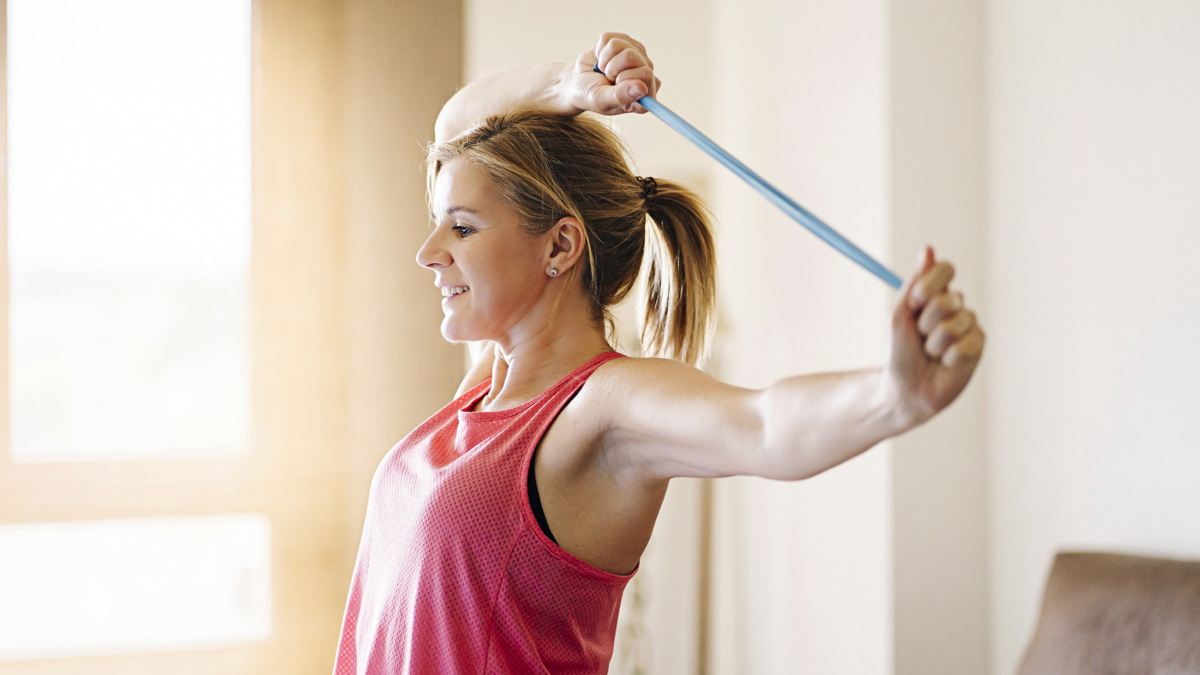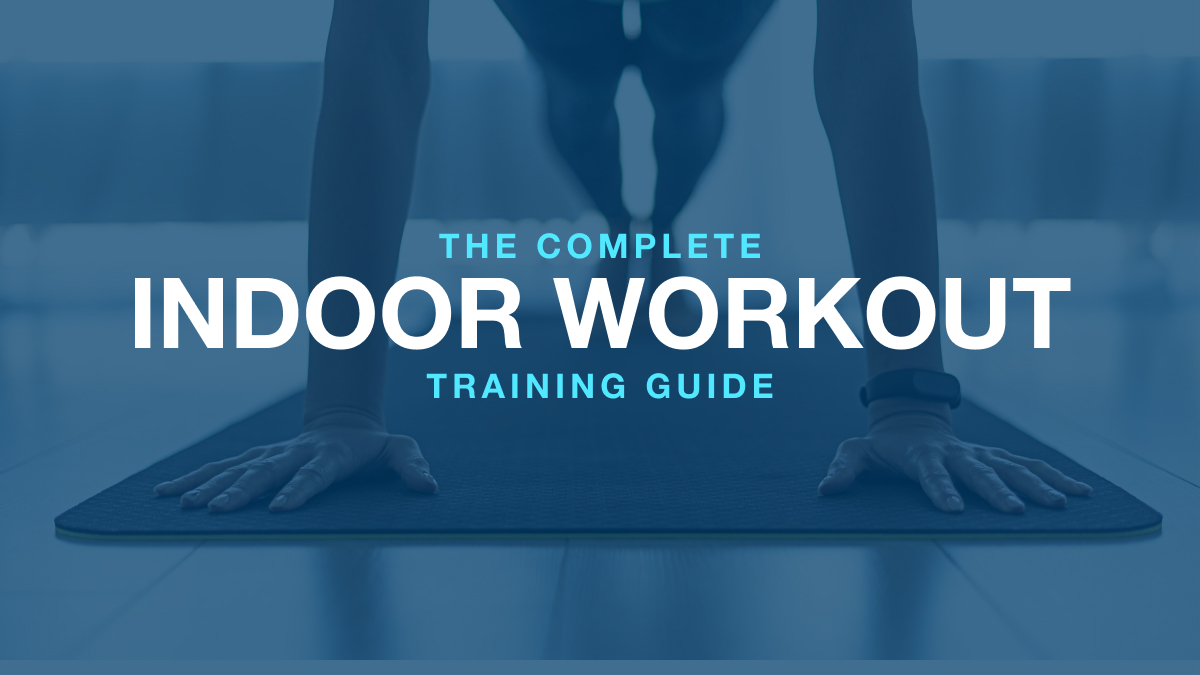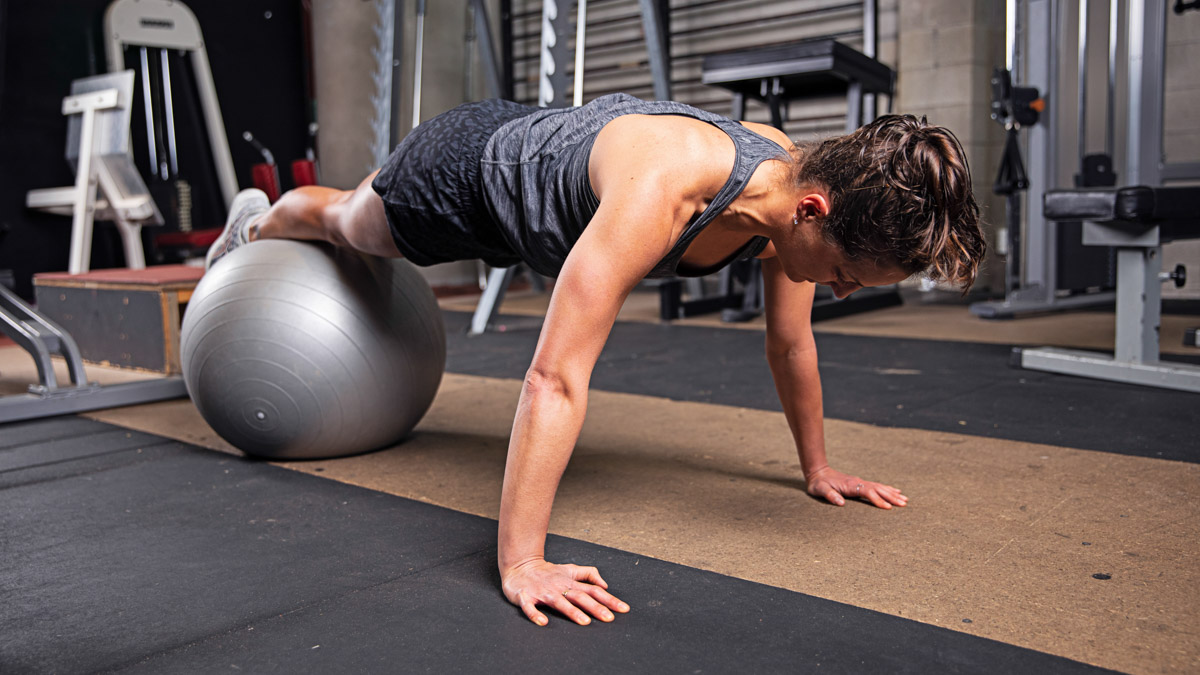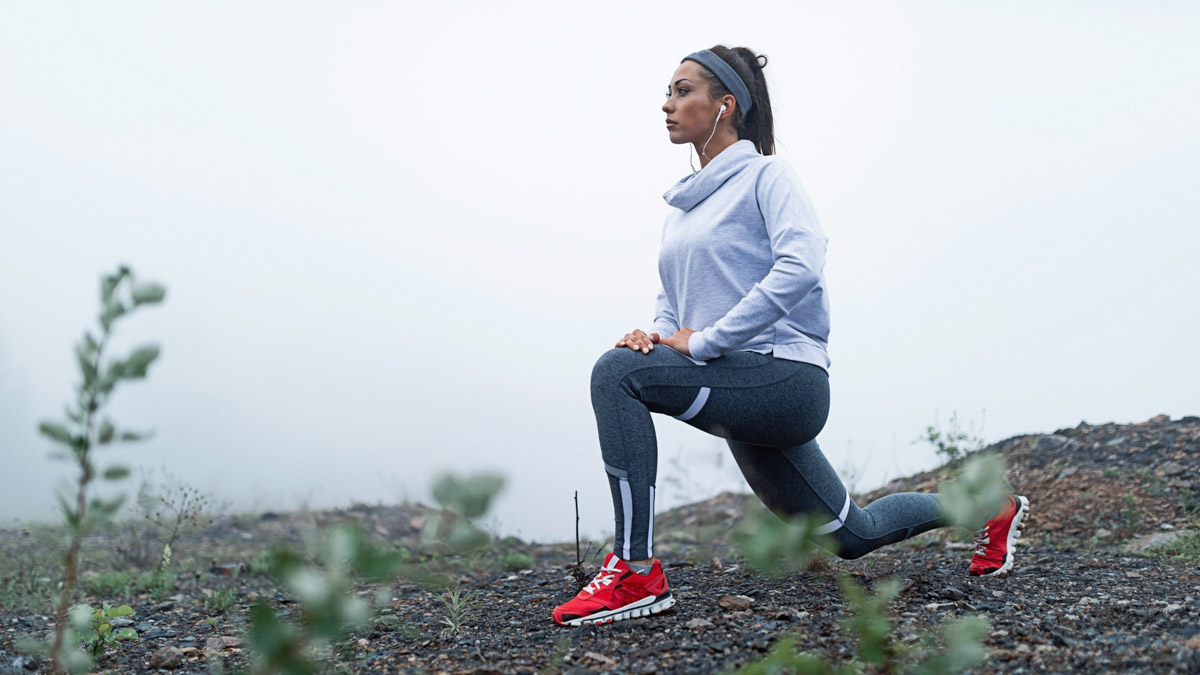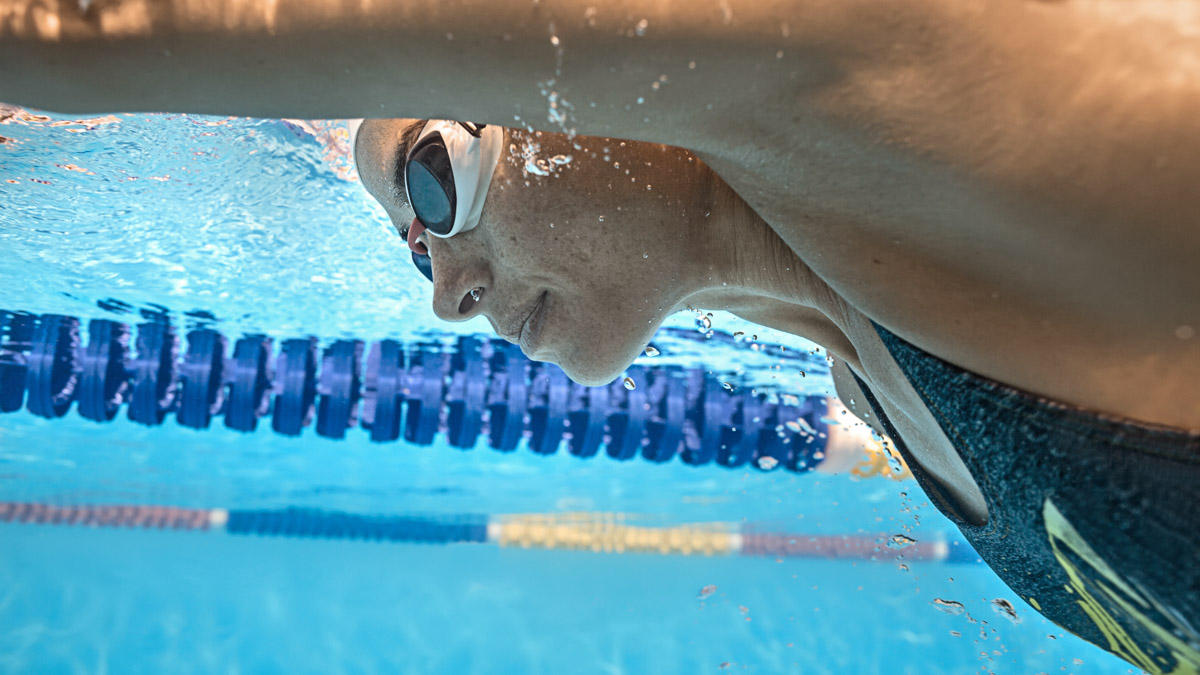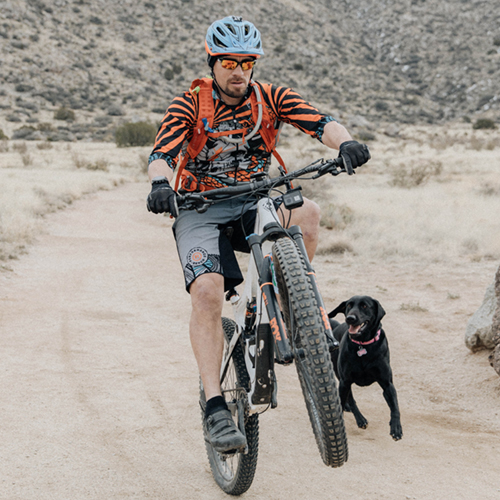The mobility market is becoming increasingly crowded. Every week seems to see the release of a new roller or ball, and an increasing number of mobility tools are app-controlled and Bluetooth-enabled. Having worked with experts like Kelly Starrett, Aaron Alexander, and Sue Falsone, I’ve road-tested many of these devices. Here are three new ones that I wholeheartedly endorse as effective and gimmick-free.
1. Roll Recovery R8+
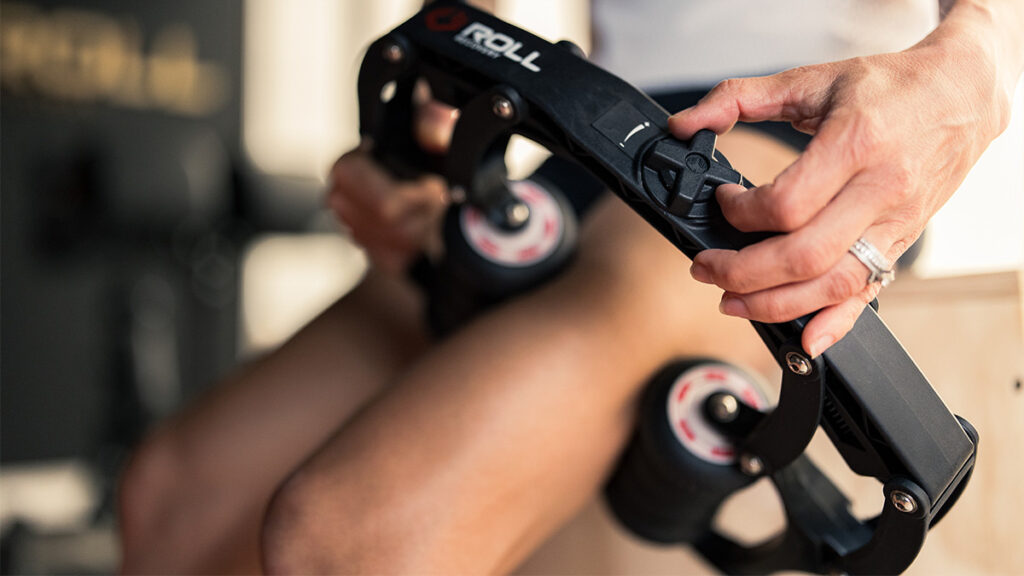
I’ve tried so many mobility tools that, at this point, most feel remarkably similar and just a few offer an improvement (what the Shark Tank judges would call a better mousetrap). So it was a pleasant surprise when I opened the box of the Roll Recovery R8+, positioned it on my quads and hamstrings, and had a “Holy crap, this thing is awesome!” reaction. Beyond the dual roller design being a big time saver when you’re in a rush, the mid-density rollers apply just enough pressure to your aching muscles without feeling like you’re being crushed like some of the more aggressive tools on the market. If you need something even softer, you can buy softer rollers, or if you’re someone with a lot of muscle mass who wants more of a deep tissue massage feel, there is also a harder set.
Roll Recovery comes out of the endurance Mecca of Boulder, Colorado, and it’s clear that the company’s creators have done their homework. The original R8 was a handy piece of kit, but the R8+ ups the game with adjustable tension that you dial up or down with a handy wheel. As effective as massage guns like the Hyperice Hypervolt 2, electrical stim machines such as my beloved Marc Pro, and other automated modalities are, a tool like the R8+ allows you more control over pressure level and glides across your soft tissues just as easily on the highest tension setting as on the lowest. I’ve found the greatest relief in using it on my upper and lower legs (glutes + hip flexors, calves + shins, adductors + IT band, and, as previously mentioned, quads + hamstrings) and, after hard kettlebell and rowing sessions, along my forearms.
2. Aletha Health Nuckle
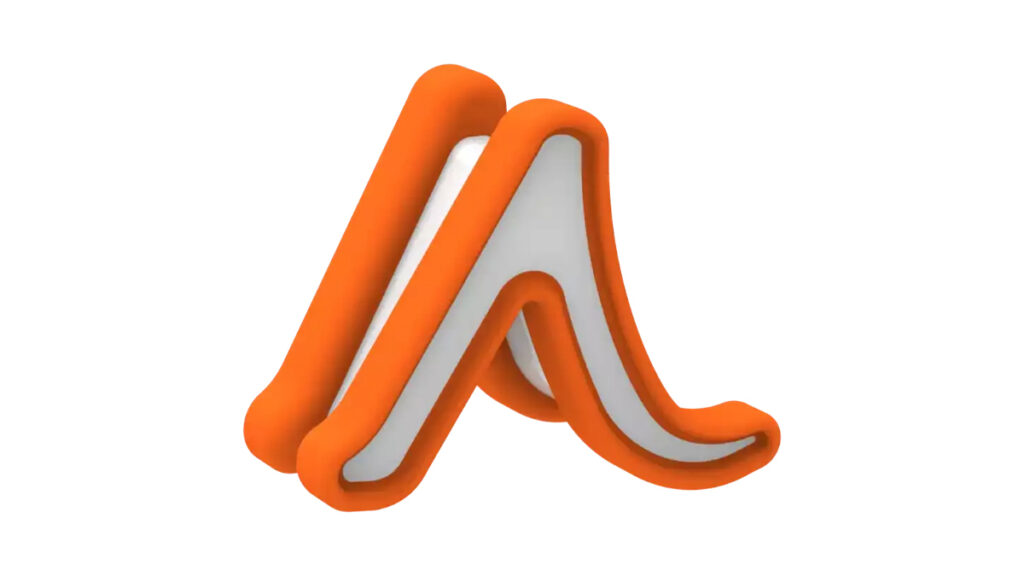
I’ve struggled with back-of-the-skull tension headaches for years. As a result, I try to smash my t-spine by placing a ball between the inside of my shoulder blades and my kitchen wall each night. Sometimes I use a roller with a notch in the middle to roll up and down on my mobility mat. But there are occasions when these two techniques cannot rid me of that tugging sensation on the back of my head and the pain that results.
Enter the Nuckle. I already place great faith in Aletha Health because of how effective their Hip Hook is at releasing my psoas and illiacus, which cause low back and top-of-leg tightness if I don’t use this tool for a couple of days. When the company released the follow-up, the Nuckle, I pre-ordered it immediately, and have been impressed by just how effective this little plastic pyramid is.
I’ve personally seen two major benefits with the Nuckle, which include 1) unlocking the occipitals at the base of the skull to relieve my headaches and the trap tension I always seem to carry and 2) opening up the pec minor. This muscle on the outside of the chest can pull you into a poor forward-head-on-neck position that exacerbates the headache issue. The Nuckle neutralizes both in just a few minutes and is small enough to fit in your gym bag or even a large pocket.
3. Wave Tool

I love it when a company is born from people who actually do an activity and are trying to solve a real problem. This is the case with Wave Tools Therapy, which was created by two physical therapists whose arms and hands kept getting sore on climbing trips. After several years of trial and error, they created the Wave Tool, and another small Colorado fitness business was born.
I have a couple of bigger scrapers that are great for my quads, calves, and other larger muscle groups, most notably the Leopard Claw from The Ready State. But I needed a smaller implement to get in between my forearm bones, fingers, and in other tight spots. The Wave Tool is the optimal choice. Just as portable as the Nuckle, it’s ideal for getting into any areas that are hard to reach with other mobility tools. There are various surface shapes and diameters on each tip, which accounts for different body sizes and sensitivities to pressure.
While you can use the tool dry, it’s best when paired with lotion, as this will allow a smoother glide across your muscles. If you start to see red dots develop on your skin, it’s time to stop for now. Whether your hands are achy from gripping your handlebars for too many miles, your shoulders need a little post-swim TLC, or your wrists are pissed off from a weight training workout, a couple of minutes with the Wave Tool will see you right. The company is also offering a low-priced cupping solution, as well as a couple of other scrapers and a soothing balm.
Mobility is one of those physical practices that pays back increasing dividends the more consistent you are with it. If you can commit to doing what my co-author Dr. Kelly Starrett suggests — 10 minutes a day, every day — then over the long haul, you’ll have less pain and soreness, reduced risk of injury, and better performance. The three tools detailed above, along with a basic roller and lacrosse ball, are a great way to make mobility a priority.
